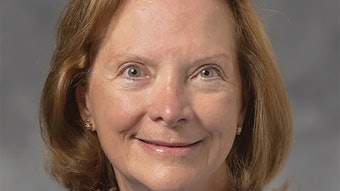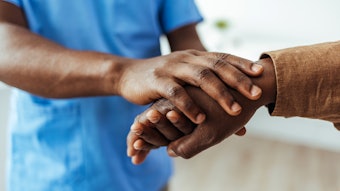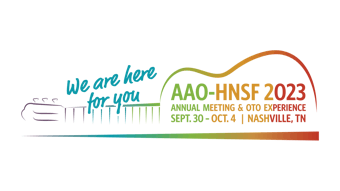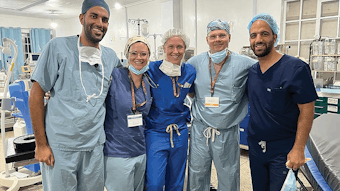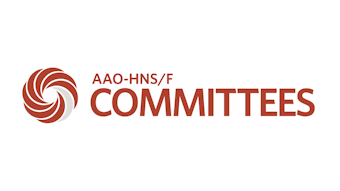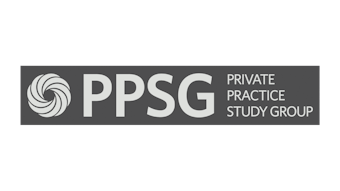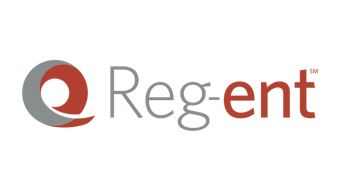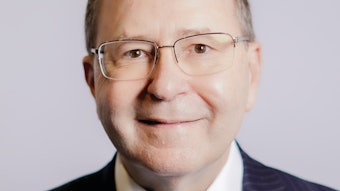Pearls from your Peers: Implicit Bias
Christina J. Yang, MD, spoke with Erynne A. Faucett, MD, about the importance of combating implicit bias in healthcare.
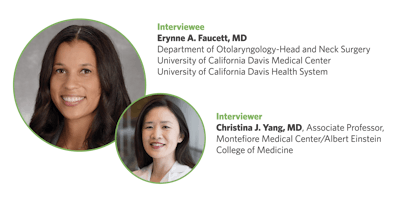
How would you define implicit bias?
Implicit bias consists of unconscious thoughts and/or behaviors about a particular group of people.
Why do you think we need to be aware of our own biases?
We need to have insight about our biases so that we can take care of our patients the best that we can. Really knowing that we harbor these biases requires insight. If we deny their existence, we do a disservice to our patients.
Does having implicit bias make me a bad person?
Not at all. It makes you an honest person to admit that you, as a human being, have biases.
Why do you think it’s important to have conversations about implicit bias and acquire skills for combating and addressing implicit bias in healthcare?
It’s important to be thoughtful about our interactions and to employ type 2 (slow) thinking in the complex relationships with our patients and colleagues.
We know that implicit bias affects us all simply because we are human beings interacting with other human beings. How does grappling with implicit bias promote a more diverse and inclusive culture in otolaryngology?
Once we are aware of our own biases, we are able to recognize that our interactions with others who are different from us (colleagues and/or patients) can hinder our ability to promote a diverse and inclusive culture. This is because we may tend to choose those that look like us or have the same experience (affinity bias), and this in turn may create a space that is not diverse. If we are able to open our minds to other people’s experiences and backgrounds, we are able to welcome diversity and inclusivity.
I am grateful that WIO has given me and Montefiore resident Shravani Pathak, MD, the opportunity to introduce a session similar to our AAO-HNSF Panel Presentation to otolaryngology residency programs. What are your hopes and goals for equipping (1) current otolaryngology trainees and (2) active bystanders/upstanders facing implicit bias in their practice or hospital?
Every person who is a part of the institution/department/division should undergo bias training to recognize the different types of bias and how these interactions may hinder our treatment of one another, our patients, and our patients’ families. It starts from the top down, so our trainees can mirror our behavior. I think it’s also important to have open and honest conversations with our trainees when biased behavior is witnessed. This can help trainees speak up when they face these encounters and will ultimately help prevent future interactions.

